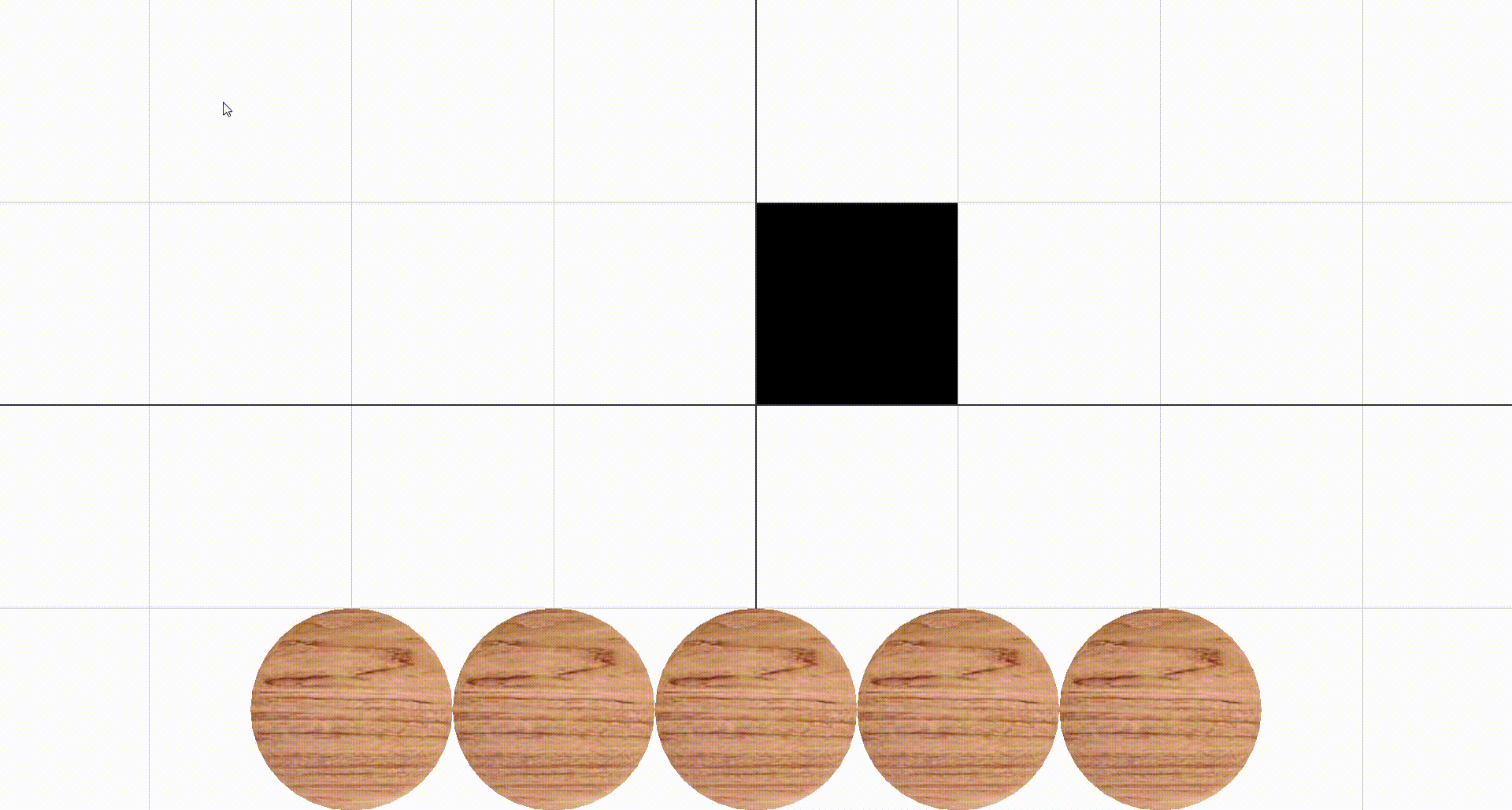Description
This project is to implement and perform 2D finite element method (2D FEM) on loaded obj files. With the implemented 2D FEM, I have tested and observed the simulation with various values of poisson's ratio to find the maximum time step the simulation can run softly.
Techniques
I implemented 2D simulation from the assignment 5: cloth simulation. I implemented 2D view from the assignment 4: inverse kineatmics. With this set-up, I converted 2D Stable Neo-Hookean Simulation [Smith et al. 2018] code from .mat to .cpp file to compute 2D FEM force and stiffness. Then I loaded obj files to apply 2D FEM force.
Libraries/Packages
- OpenGL version: 4.6.0
- GLSL version: 4.6.0
- Eigen version: 3.23
Results
1. man.obj with collision
1) Poisson's Ratio = 0.41 (Young's Modulus = 1e1, 1e3)
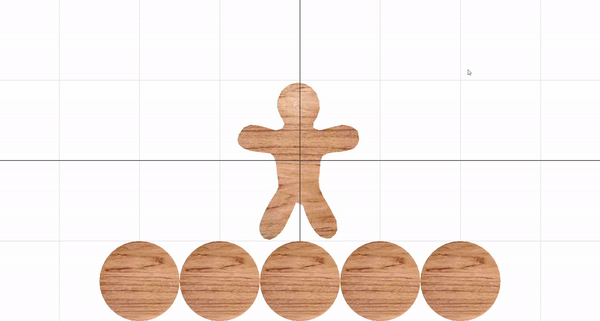
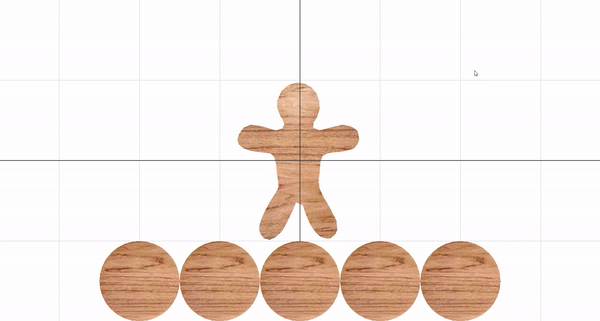
2) Poisson's Ratio = 0.45 (Young's Modulus = 1e1, 1e3)
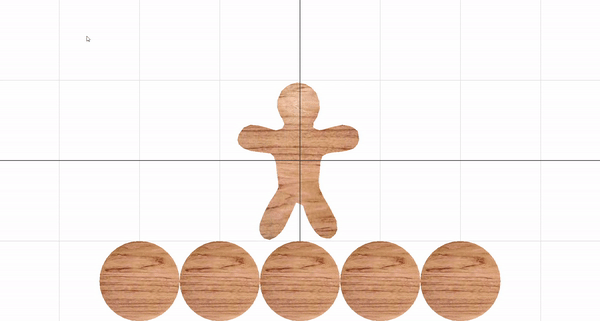
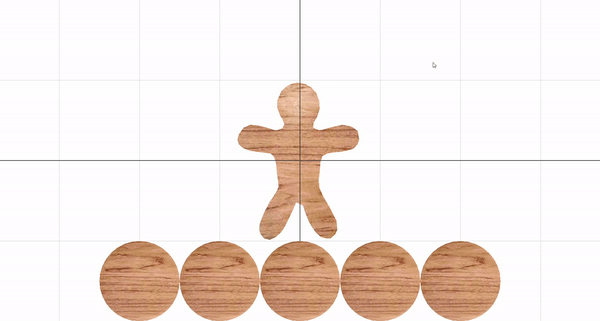
3) Poisson's Ratio = 0.49 (Young's Modulus = 1e1, 1e3)
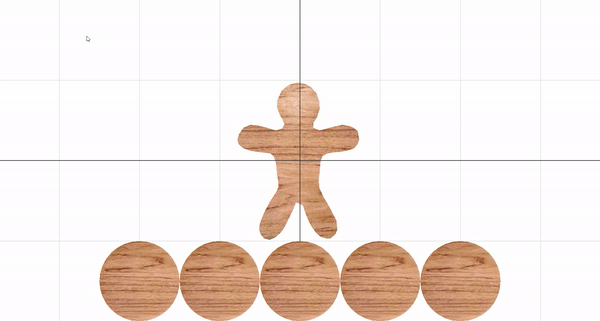

2. man.obj with fixed particle, no collision
1) Poisson's Ratio = 0.41 (Young's Modulus = 1e1, 1e2)

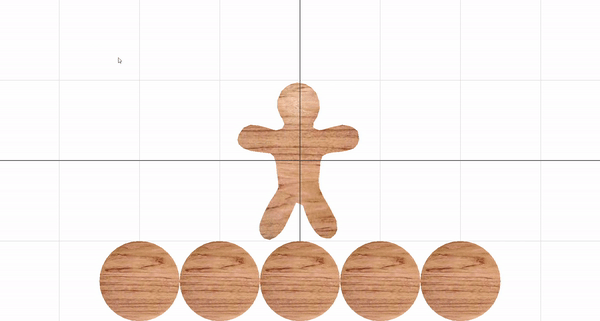
2) Poisson's Ratio = 0.45 (Young's Modulus = 1e1, 1e2)

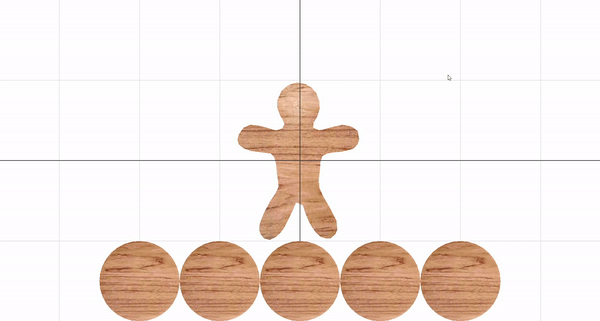
3) Poisson's Ratio = 0.49 (Young's Modulus = 1e1, 1e2)

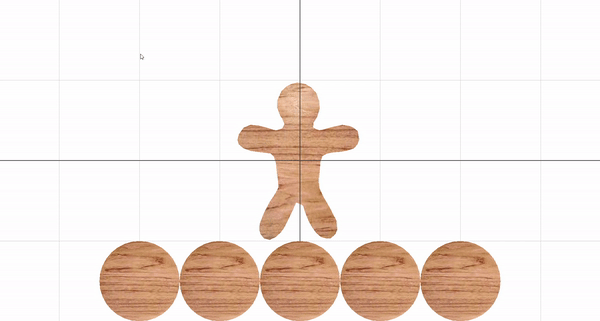
3. square mesh with collision
1) Poisson's Ratio = 0.41 (Young's Modulus = 1e1, 1e3)


2) Poisson's Ratio = 0.45 (Young's Modulus = 1e1, 1e3)


3) Poisson's Ratio = 0.49 (Young's Modulus = 1e1, 1e3)

